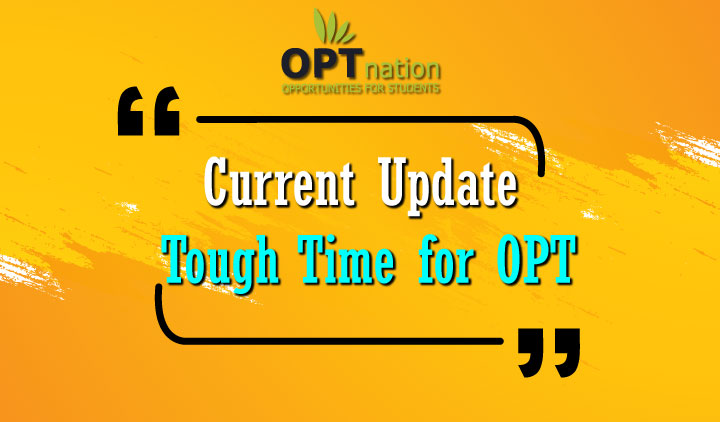The examples of the saying “Drastic times call for drastic measures” can be recently seen every day across the globe due to the global pandemic COVID-19 or Coronavirus Disease 2019. Government authorities in different parts of the world have taken extreme decisions and steps to protect the lives and economy in their country.
The U.S. government is not an exception. Since the day the outbreak has emerged, the Trump administration has undertaken various measures to provide the best treatment to patients, curb the spread of the disease, and save the jobs of people.
One of the latest developments in this series of measures or steps is the executive order signed by the U.S. President Donald Trump on 22nd April 2020. This executive order came into effect at 11:59 p.m. eastern daylight time on 23rd April 2020.
President Trump announced he had signed an executive order that temporarily suspends the issuance of new green cards, a limit on immigration he says will protect American jobs amid the coronavirus pandemic.
What does this executive order entail?
As per this executive order, the issuance of green cards has been suspended for 60 days subject to certain exceptions and non-immigrant programs (temporary work visa programs) like OPT and H1-B will be reviewed. This review will be conducted by the Secretary of Labor and the Secretary of Homeland Security in consultation with the Secretary of State.
This executive order will stay intact for 60 days, i.e., it will expire 60 days from the day it came into effect. At the end of 60 days, it will be determined whether this order should be extended. Changes in the executive order can be made during these 60 days as well.
Why was this executive order signed?
The objective behind signing this executive order is to tackle the challenge of increasing unemployment in the United States of America. According to Donald Trump, the executive order will have two-fold benefits. The healthcare resources will be preserved for American patients and the unemployed Americans will be considered for jobs once the economy reopens.
The lockdown imposed in the country to contain coronavirus has resulted in business shutdowns and employee layoffs. Hospitality, tourism, and entertainment are some of the sectors that are worst affected by the lockdown and travel ban. People employed in these sectors, as well as start-up business units and small enterprises, have lost their jobs due to economic slowdown. More than 20 million Americans have filed for unemployment benefits in the past few weeks.
What is the OPT Program?
Every year, a large number of international students in the USA, pursue employment related to their field of study under the OPT program. Students are allowed to work on an OPT job for 12 months after completing each degree level. This period of 12 months can be used before and/or after completion of studies.
International students enrolled in STEM disciplines get an additional period of 24 months for pursuing employment. This period is known as a STEM OPT extension. Many companies prefer hiring OPT students for gaining benefits, such as workforce diversity and more. However, they have to complete some formalities and documentation work.
Working on an OPT job is a route taken by many students to settle in the USA. Before their OPT (Optional Practical Training) is completed, their employers sponsor their H1-B visa petition. If the petition gets approved, they get a chance to live in the USA for 3 years. The H1-B visa can be extended for 3 more years. So, they can stay for 6 years in the USA. During this time, most of the H1-B visa holders get a sponsor for their green cards.
ALSO READ:
Implications of COVID-19 Situation on H-1B Visa Holders in USA
Can I have multiple OPT Jobs or OPT Employers?
How will the OPT Program get affected?
Well, this is not the first time that the OPT or Optional Practical Training Program has captured the attention of policymakers, immigration attorneys, and the general public. Arguments both in favor of and against OPT have been made at different points in time.
While some say that OPT has no negative effect on the unemployment opportunities available for U.S. citizens, others claim that having the OPT program is not fair for the Americans. Now, keeping these long-standing arguments and debates aside, if the OPT program undergoes changes due to the executive order, certain consequences will definitely follow.
Some independent bodies suggest that changes that are unfavorable for the international students, thereby leading to a decrease in the enrolment in U.S. educational institutions and securing OPT jobs, can hurt the economy in the country.
“Whether any change will be made in the optional practical training program or not?”, “If yes, then what kind of changes will be made?”, and most importantly, “What will be the outcome of such changes? – Only time will answer these questions.
Keep checking this space as we will keep you updated on the developments in this matter!

